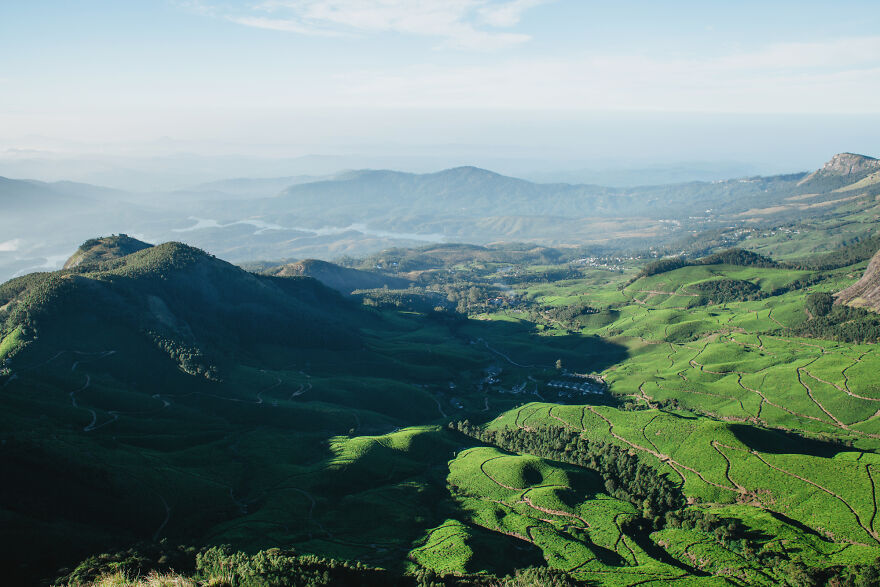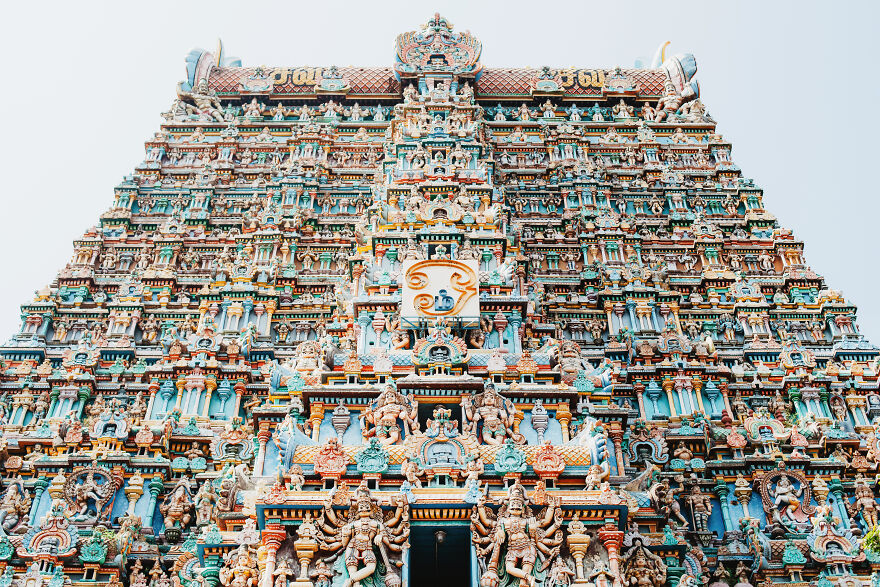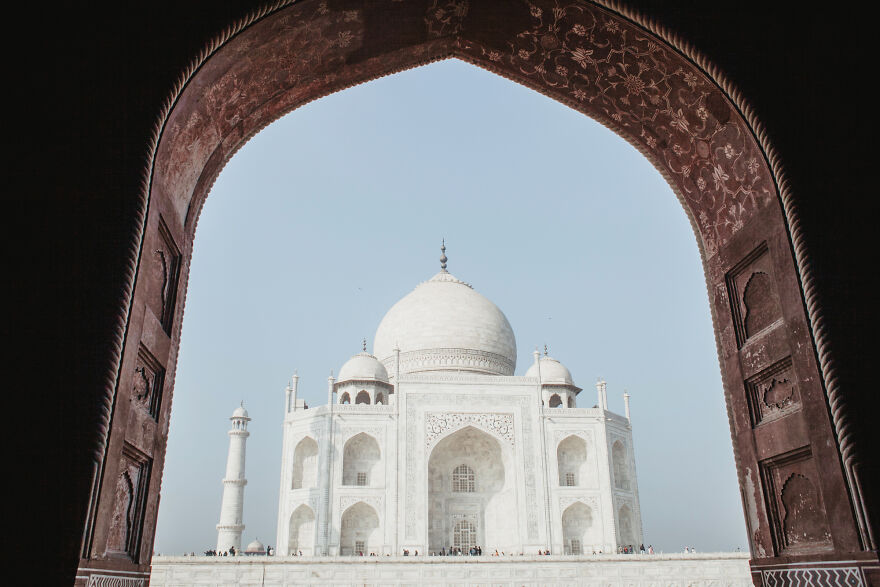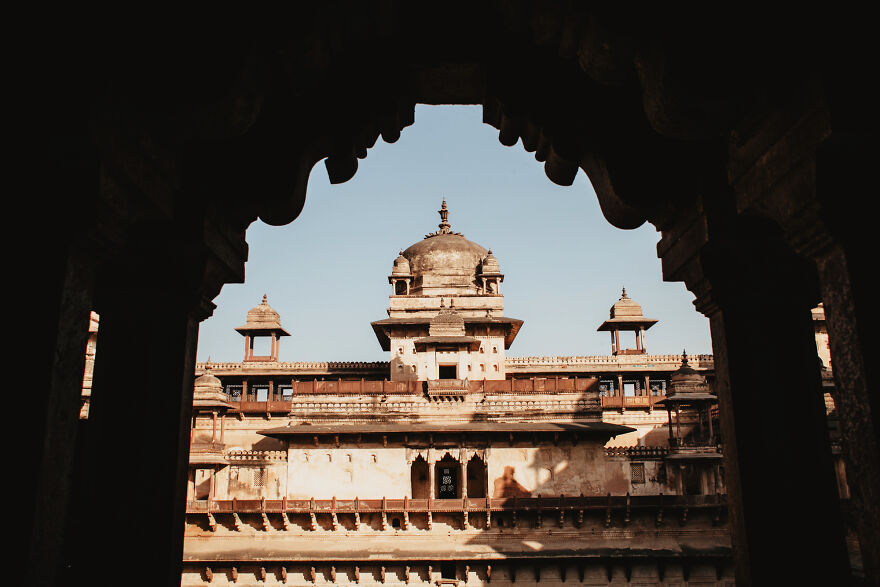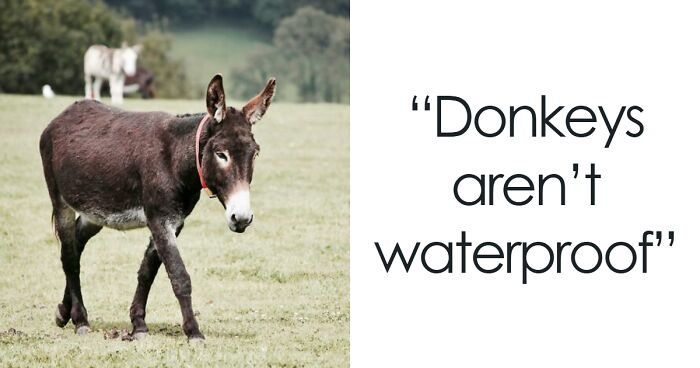Anastasiya Dubrovina works as a photographer in a contemporary art gallery, shoots art projects about childhood and memory, and actively maintains her portfolio at Depositphotos.
Photography is her lifestyle, so none of her travels have taken place without a camera. Anastasiya takes pictures of people on the streets, architecture, and landscapes, in order to capture as many unique images and authentic palettes as possible.
More info: dzemalion.com | Instagram | depositphotos.com
This post may include affiliate links.
Dubrovina's photography series on India was the starting point for her career as a travel photographer. She made her first attempts to tell holistic stories in one shot, and make colors the main characters of her images.
Anastasiya Dubrovina started her career 11 years ago with wedding photography in the Belarusian outback. She gladly accepted a wide variety of requests to get more practice. Window fittings, birthday cakes, and samples of building materials became subjects that helped Anastasiya develop her skills.
The first camera Anastasiya Dubrovina used was a Canon d400, but she has opted for more compact photography gear in recent years: a Fuji mirrorless camera, to be more exact.
Dubrovina's journey to India took about two weeks. It began in the south, in Kerala, and continued through the north in Delhi, Agra, Jaipur, Jodhpur, Varanasi, Sarnath, and Khajuraho.
“India can turn out to be an exciting experience not only for a travel photographer but for every curious traveler,” the artist told us.
Among several must-see places, Anastasiya Dubrovina recognizes the Kerala region with its endless tea plantations and picturesque mountains.
She also claims that it is impossible to not be fascinated by the city of Varanasi. Hundreds of pilgrims from all over India gather in this sacred place. Some of them come here to die and be cremated on the banks of the Ganges.
“The city I want to return to over and over, although I have already been there twice, is Varanasi. Here, the primal chaos of Indian cities meets with otherworldly humility. It is as if this city is stuck in ancient times.”
I am at a loss here I wonder how they managed to build such beautiful temples and then paint them in an abundance of colour and now no one can do this today l have a great respect for the men and women who made this possible
In addition to landscapes and street life, the photographer was interested in the characters she met on her trip. “I’m extremely curious about people and how they live. The life and philosophy of locals is very different from what I am used to at home,” she told us.
“Most of all, I was impressed by small settlements, whose inhabitants have preserved traditional ways of life. In Indian villages, people still live according to the caste system,” Anastasiya Dubrovina shared with us.
She was also deeply impressed by other aspects of life in modern India: funeral rituals that repeat every day in Varanasi, the chaos of Delhi’s central streets, and the slums of Mumbai.
“Pseudo-sadhus sitting on the ground, omnipresent cows, swift tuk-tuks, hidden temples, funeral pyres, and a variety of smells, all of them are puzzles that form an image of modern India.”
As a photographer, Anastasiya found it easy to capture the charm of India: “The locals were open-minded and friendly. They wanted to get to know me and, in some cases, asked for money in return for shooting them. I am always respectful and friendly towards others, and in India, I have never felt any aggression towards me.”
On her trip, Anastasiya captured the palette of modern India. These are her observations: “I would describe the Indian palette as ochre and orange but in dust and smog. Like the color of spices, which mix with dirt on the streets and rise into the air from moving tuk-tuks.”
From the entire series, the photographer singles out another image with an unusual palette and composition.
“I love this shot from Jaipur, a pink city built of colored stone. In the photo, you see evening traffic jams. After a long walk in the city, I climbed onto the roof of a random building to take a break. There was a miniature temple on the roof. A man with a bandage on his head prayed without moving, and I, in turn, tried not to interfere with his prayer. In this photo, I like the feeling of being above the bustle of the city, ” Dubrovina said.
While shooting in India, Anastasiya Dubrovina reimagined her approach to travel photography. She understood how to organize her creative process.
“In the future, I would like to shoot comprehensive visual stories and carefully choose a subject. It doesn't have to be street photography without a clear theme.”
Yikes! Surely it can't always be so grey and misty and bleak looking? There was a thread a while back about "urban dystopias." The first dozen posts here would easily win top spot there.
I have been to India twice and sure it is stinky, crowded and loud but they are the nicest, most helpful people you could know. The media sadly portrays only the bad side, India is not completely slums, there are slums but only in patches here and there (in Mumbai at least). Nice post.
I guess the photographer visited one one part of the northern country and too the liberty to showcase it as the whole country. India is much more than just crowded roads, traffic and animals on roads.
I have a silly question: the 'mist' visible in the photo's, that's smog, right?
from my experience it's both natural fog and smoke from cooking fires etc. and of course smog but mostly fire smoke.
Load More Replies...I have been to India twice and sure it is stinky, crowded and loud but they are the nicest, most helpful people you could know. The media sadly portrays only the bad side, India is not completely slums, there are slums but only in patches here and there (in Mumbai at least). Nice post.
I guess the photographer visited one one part of the northern country and too the liberty to showcase it as the whole country. India is much more than just crowded roads, traffic and animals on roads.
I have a silly question: the 'mist' visible in the photo's, that's smog, right?
from my experience it's both natural fog and smoke from cooking fires etc. and of course smog but mostly fire smoke.
Load More Replies...
 Dark Mode
Dark Mode 

 No fees, cancel anytime
No fees, cancel anytime 
















